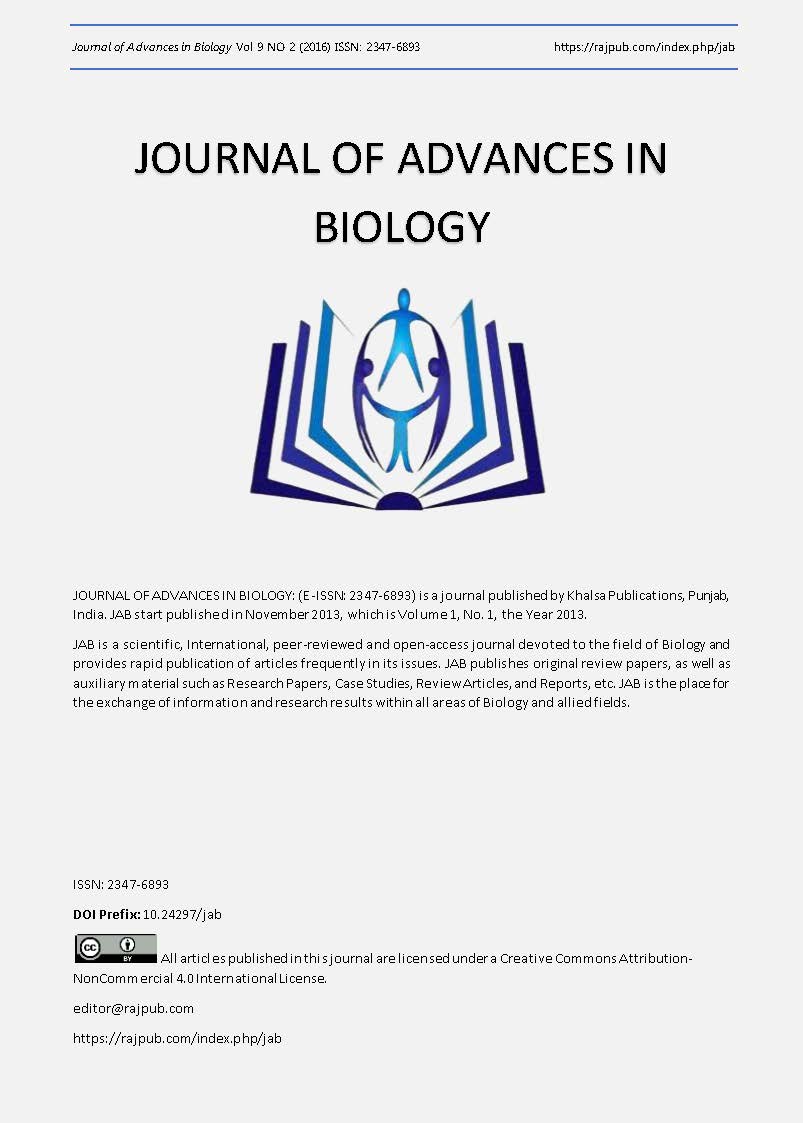Carbon storage of anthropoids vegetation on the Ngaoundere escarpment (Adamawa, Cameroon)
DOI:
https://doi.org/10.24297/jab.v9i2.4012Keywords:
Escarpments Phytomass, Carbon storage, Ngaoundere, Adamawa, CameroonAbstract
A study carry out on carbon storage of anthropoids vegetation on the Ngaoundere escarpment on four vegetal
types (fallow, farms, shrub savanna and woody savanna) with the aim of fighting against climate change. Dendrometricdata to determine phytomass and carbon storage were carried out on plot of 20m x 50m. Data analysis with the aid of software programs like excel, Stat graphics plus S.O and XLSTAT showed the most anthropoid vegetation (fallow and farms)present a low production of phytomass and carbon storage as compared to natural vegetation (shrub and woodysavannas). Carbon credit is proportional to the quantity of carbon storage in the different vegetation formations to alleviatethe effect of human activities of the vegetation of the escarped the subvention of the local population through carbon should be encouraged.
Downloads
Downloads
Published
How to Cite
Issue
Section
License
 All articles published in Journal of Advances in Linguistics are licensed under a Creative Commons Attribution 4.0 International License.
All articles published in Journal of Advances in Linguistics are licensed under a Creative Commons Attribution 4.0 International License.




